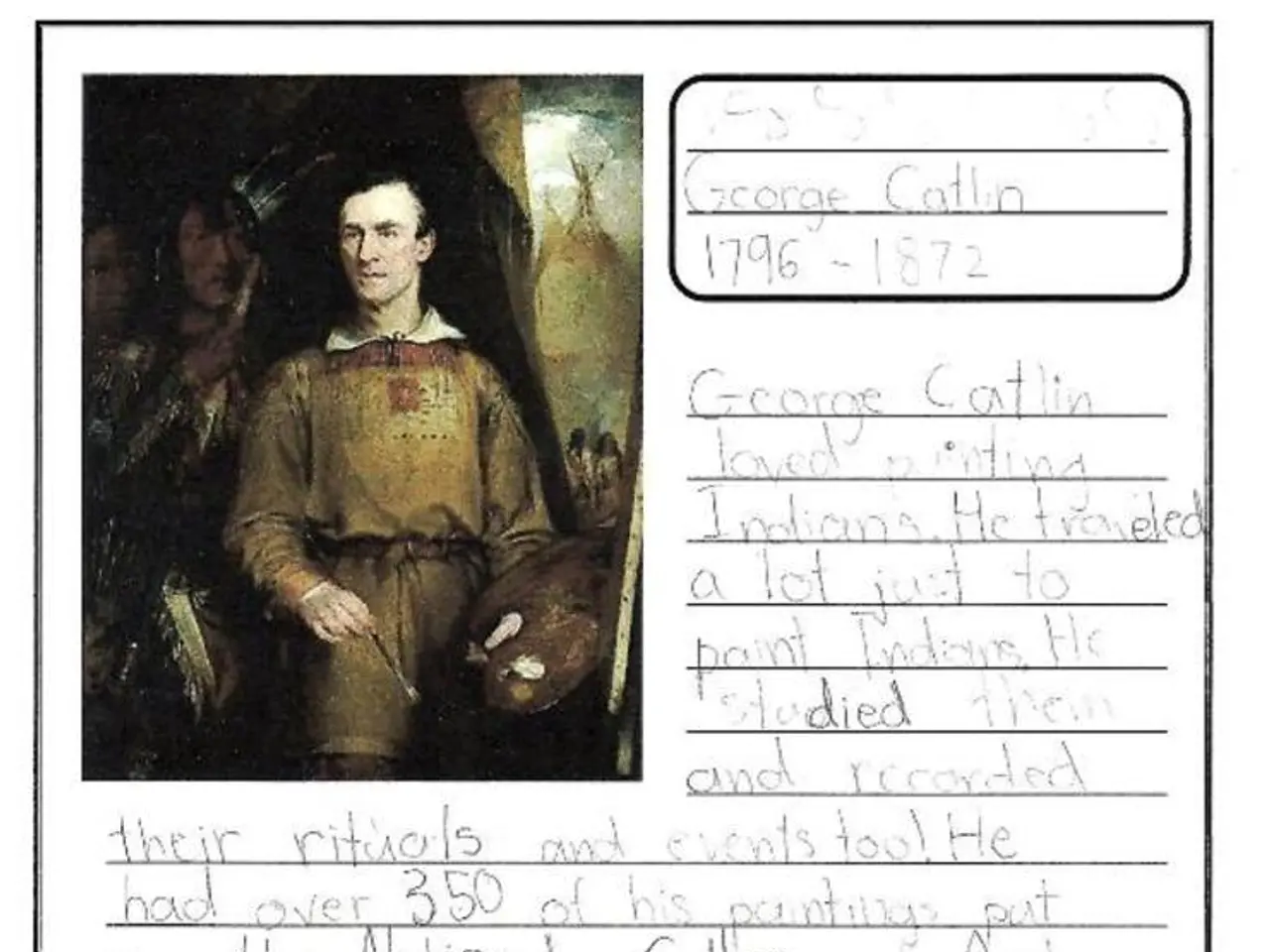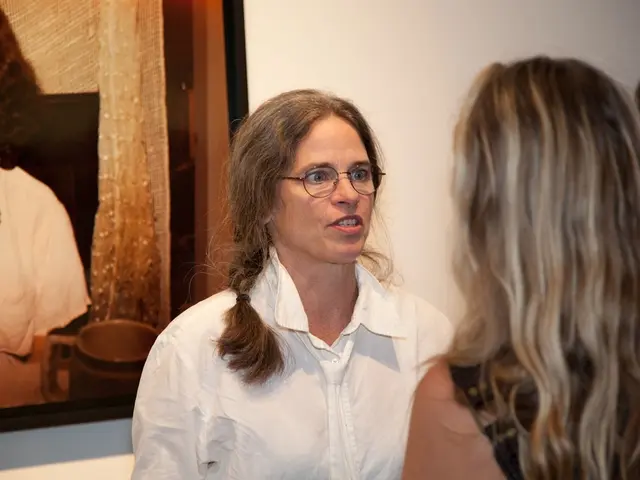Ancient Discovery: Stunning Contents Unveiled from a 4500-Year-Old Sealed Egyptian Coffin Leaves Researchers Astonished
In a groundbreaking discovery, scientists have sequenced the oldest human genome ever recovered from ancient Egypt, dating back to approximately 4,500 years ago during the Old Kingdom period (circa 2686-2125 BCE). This research, led by Adeline Morez Jacobs and published in the prestigious journal Nature, sheds new light on Egypt's demographic history and its connections with other ancient civilizations.
The genome was recovered from remains found at Nuwayrat, within a rock-cut tomb containing a ceramic coffin. The genetic material was remarkably well-preserved, yielding a critical 4%-5% of readable human DNA. This genome sequencing success stemmed from a combination of advanced techniques, including PCR (polymerase chain reaction) and massively parallel sequencing.
The Nuwayrat individual's genome reveals a striking ancestral composition. Approximately 80% of their genetic makeup matches ancient North African populations, while the remaining 20% aligns with Neolithic groups from the eastern Fertile Crescent. This finding confirms that early Egyptians were part of a complex, interconnected world long before the classical civilizations of Greece and Rome emerged.
By integrating genomic research into the already rich field of Egyptology, scholars are now better positioned to ask questions about identity, migration, disease, and adaptation across thousands of years. This work marks a pivotal moment in the study of early human societies, turning abstract assumptions into genomic facts, giving a voice-at last-to one of the earliest known Egyptians.
The genome supports anthropological data from skeletal remains that pointed to biological continuity with earlier populations in the region. Moreover, it offers a model for future work, as Egypt may still harbor more ancient genomes waiting to be unlocked. As more ancient DNA is recovered, a mosaic of genetic identities will likely emerge, reflecting Egypt’s unique geography and its role as a cultural and biological bridge in the ancient world.
This data provides a baseline against which future Egyptian genomes can be compared, helping to clarify questions about population changes during periods of foreign rule. The success of this sequencing project underscores a broader truth: ancient Egypt still holds untapped scientific treasures. The study's publication in Nature and a detailed analysis on The Conversation further underscores the significance of this discovery.
In essence, the sequencing of this ancient genome opens a new era of Egyptian archaeology, where genetics complements history, art, and material culture. This research not only reframes fundamental narratives about the region's demographic history but also paves the way for a more comprehensive understanding of Egypt's past and its interactions with other ancient civilizations.
Read also:
- Recommendations propose stricter controls on MMRV immunizations, as suggested by Kennedy's advisory group
- Mourning a Mother's Death: Strategies for Daughters to Find Comfort
- Distinguishing between a cold and allergies is crucial for providing relief to your children's respiratory issues
- Carpometacarpal joint osteoarthritis: Characteristics, origins, remedies








